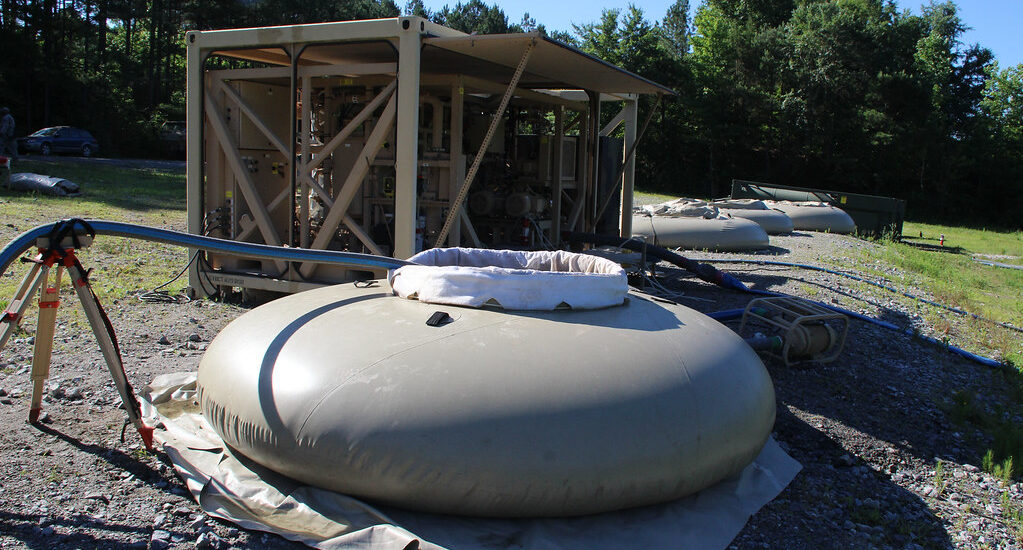Water bladder tanks are a fundamental part of many water systems, offering efficient water storage and pressure regulation. These tanks utilize a unique design to maintain water pressure and provide a steady flow of water to homes and businesses. Let’s take a closer look at how water bladder tanks work and why they are an essential component of various water systems.
1. Basic Structure: Water bladder tanks, also known as pressure tanks or diaphragm tanks, consist of a cylindrical tank with a flexible bladder or diaphragm inside. The tank is typically made of steel or composite materials, while the bladder is made of durable, flexible rubber or synthetic materials.
2. Separating Water and Air: The bladder inside the tank divides it into two compartments: the lower compartment, which holds water, and the upper compartment, which contains air. The bladder is designed to expand and contract, allowing it to accommodate changes in water volume while maintaining air pressure.
3. Water Filling Process: When water enters the tank from the main water supply, it fills the lower compartment, displacing the air in the upper compartment. As the water fills the tank, pressure begins to build up inside, exerting force on the bladder.
4. Expansion and Contraction: As water enters the tank, the bladder expands to accommodate the increasing volume of water. This expansion compresses the air in the upper compartment, creating pressure that pushes against the bladder. The compressed air acts as a cushion, maintaining consistent water pressure throughout the system.
5. Pressure Regulation: When a faucet or fixture is opened in a home or building connected to the water system, water is drawn from the tank’s lower compartment. As water is removed, the pressure inside the tank decreases. However, the compressed air in the upper compartment continues to exert pressure on the bladder, forcing water out of the tank and into the plumbing system. This ensures a steady flow of water at a consistent pressure.
6. Pressure Switch Control: Water bladder tanks are typically equipped with a pressure switch that controls the operation of the pump. When the pressure in the tank drops below a certain threshold, the pressure switch signals the pump to activate and replenish the water supply. Once the pressure reaches the desired level, the pump shuts off until the next cycle is needed.
7. Preventing Waterlogging: One of the significant advantages of water bladder tanks is their ability to prevent waterlogging. Waterlogging occurs when the air in a traditional tank becomes dissolved in the water over time, reducing the tank’s ability to maintain pressure. With a bladder tank, the air and water are kept separate by the flexible bladder, preventing waterlogging and ensuring consistent pressure.
8. Size and Capacity: Water bladder tanks come in various sizes and capacities to suit different water system needs. The size of the tank depends on factors such as the water demand, size of the property, and usage patterns. Larger tanks can store more water, reducing the frequency of pump cycles and ensuring a reliable water supply.
9. Maintenance: Regular maintenance is essential to ensure the proper functioning of a water bladder tank. This includes checking for leaks, inspecting the pressure switch, and monitoring the air pressure in the upper compartment. If the air pressure drops significantly, it may be necessary to recharge the tank with air using a compressor.
In conclusion, water bladder tanks play a crucial role in maintaining water pressure and ensuring a steady supply of water to homes and businesses. By understanding how these tanks work, homeowners and property managers can make informed decisions about their water systems, ensuring efficient operation and optimal performance. Click this link if you’re looking for quality water tank bladders.

